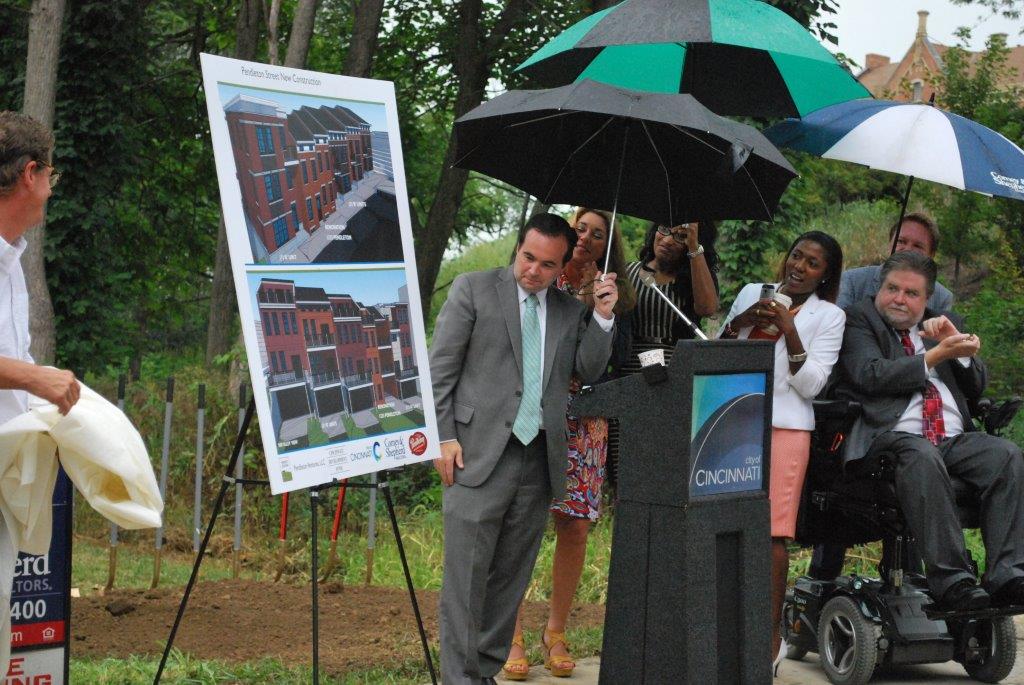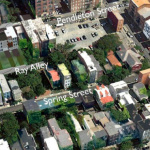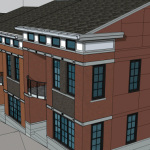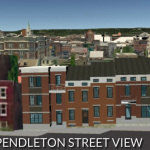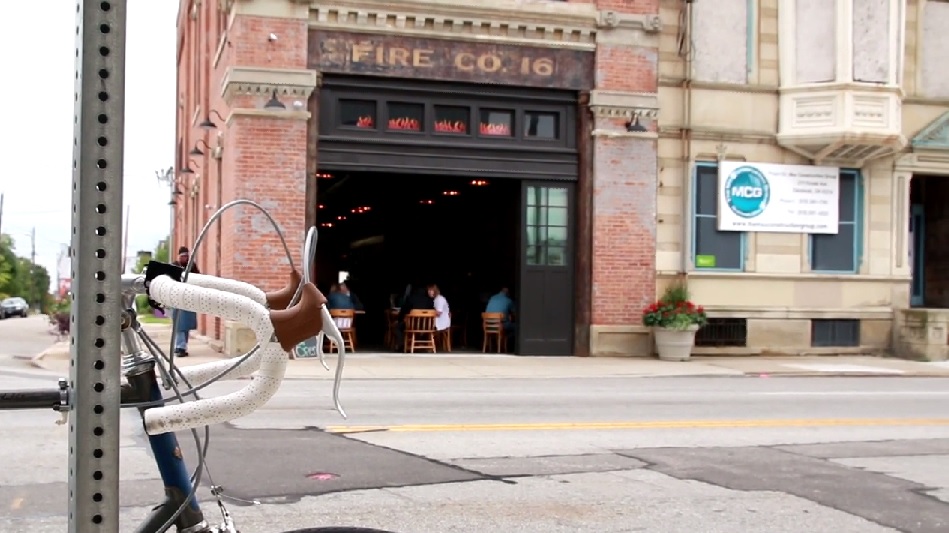A relatively small development called Pendleton Street Townhomes will bring 10 new single-family residences to the center city in two phases over the next two years.
One of the interesting components about the project is that it is blending in mostly new infill on vacant lots with a renovation of an existing historic structure that dates back to the 1870s. The work also comes at the same time as a flurry of other investments nearby that are poised to transform the historic neighborhood.
Often considered a sub-neighborhood of Over-the-Rhine, Pendleton is actually one of the smallest of the city’s 52 official neighborhoods. Its building stock and urban form are essentially identical to that of its more well-known neighbor to the west.
The neighborhood has long had a slightly unique sub-culture of its own, perhaps driven by the Pendleton Arts Center, which boasts the world’s largest collection of artists under one roof. While this claim may be more hyperbole than reality, the Pendleton Arts Center is located in an impressively large warehouse building that has more than 500 studios and 200 resident artists.
Over the past two decades the Pendleton Arts Center has served as an anchor for the neighborhood, and the new townhomes being developed are fittingly located in its proud shadow.
Developers broke ground in late August on what will be four newly constructed townhomes, and one renovated property. Each home, developers say, is approximately 3,100 square feet and ranges in price from $390,000 to $449,000.
The second phase will include five more newly constructed townhomes and is anticipated to break ground next fall. While it is still preliminary, developers expect those homes to be slightly smaller and to go for around $400,000.
Evidence of the area’s hot real estate market is the fact that developers sold five of the units before even breaking ground just over a month ago.
One of the key marketing points, and a policy point of pride for those promoting sustainable development practices, is that each of the properties will be LEED certified and thus qualify for the City of Cincinnati’s tax abatement program for such properties.
The townhomes within the first phase of work under construction are expected to be complete in spring 2015.
